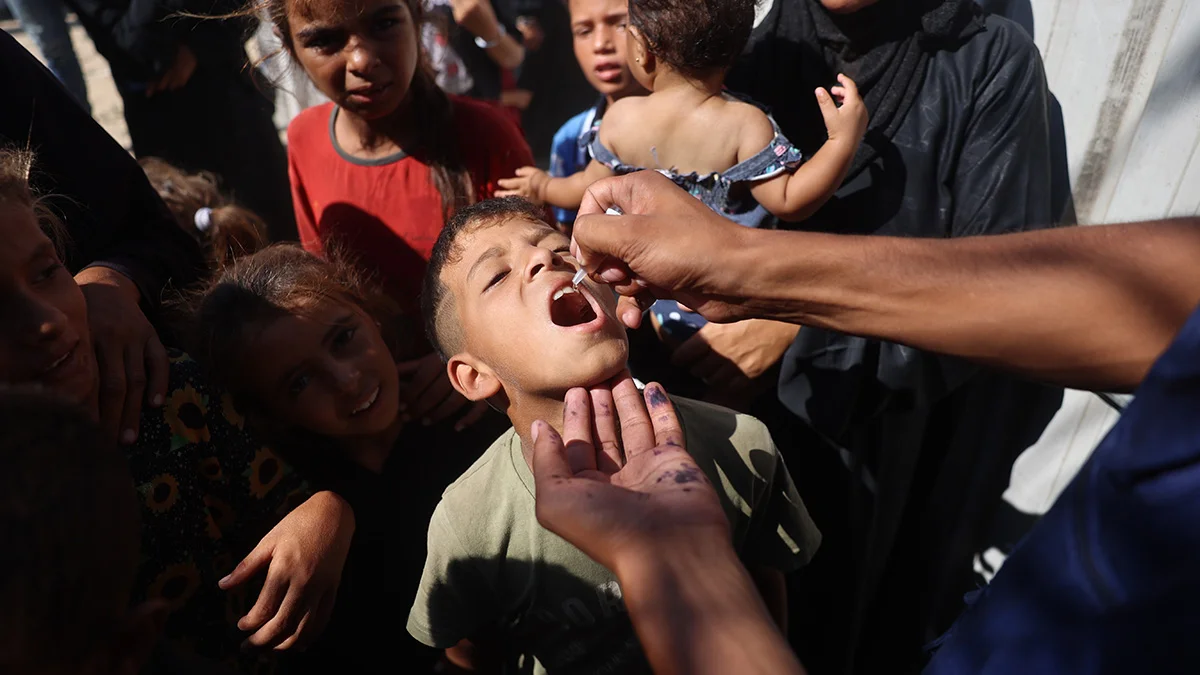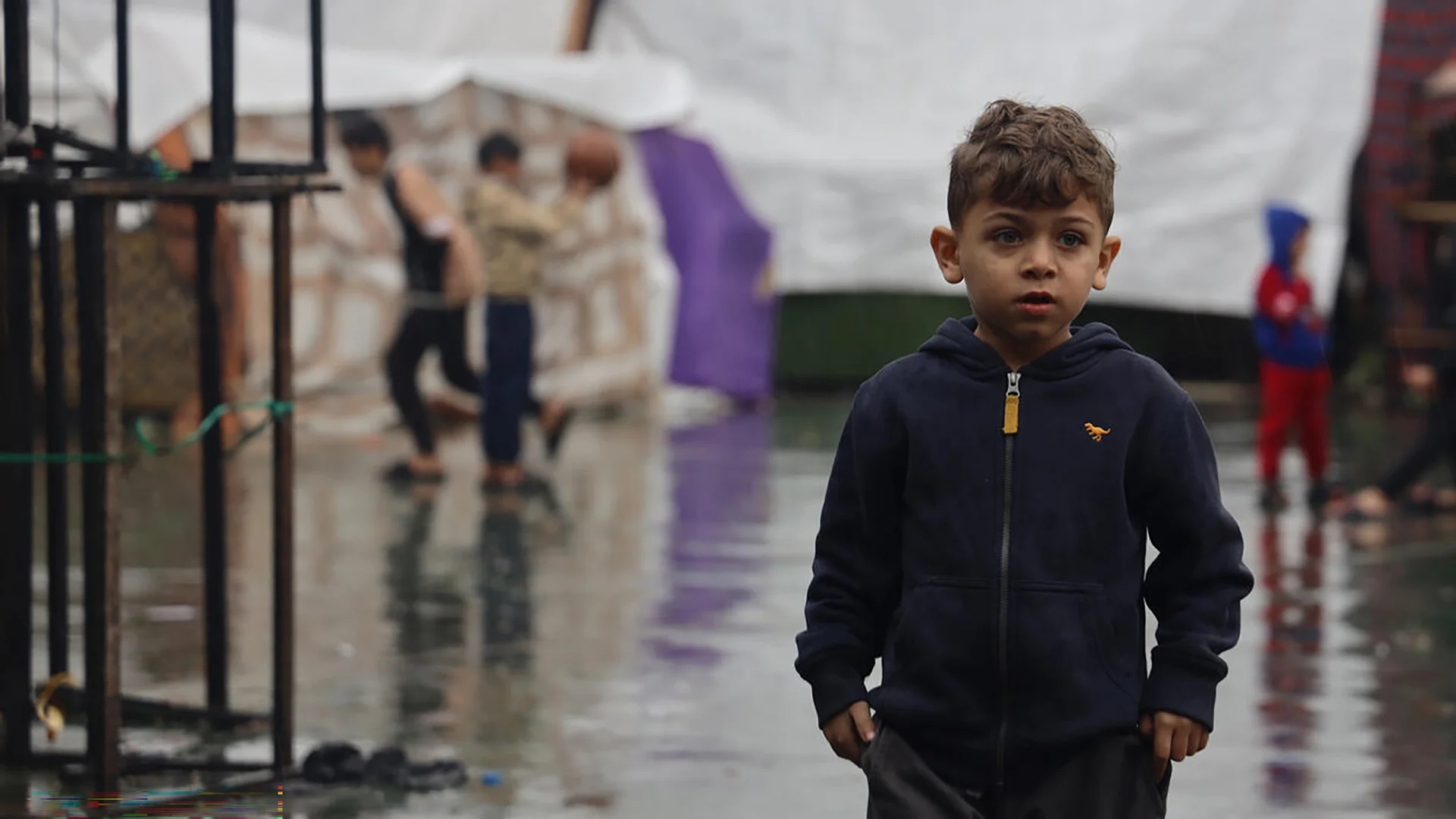After months of suffering, there is finally hope for peace in Israel and Gaza, with the ceasefire deal taking effect in mid-January. This reprieve, however, was short-lived. The fighting has resumed and the violence continues. UNICEF is there on the ground, doing all it can to help the children of Gaza.
The situation
The devastating terror attacks on Israel by Hamas on October 7, 2023, were followed by 15 months of war and suffering. Those who bore no responsibility for the ongoing violence paid the highest price, with the deaths of at least 14,500 children in Gaza and thousands more injured. An estimated 17,000 children are unaccompanied or separated from their parents. Nearly one million have been forced to leave their homes.
On January 19, a glimmer of hope appeared with the announcement of a ceasefire. The reprieve, however, was short-lived. The fighting resumed in mid-March and the violence continues. For the children of Gaza, life remains harrowing, with houses, hospitals, schools and basic utilities reduced to rubble. The people there are in urgent need of food, medical supplies and protection.
There had been no cases of polio (infantile paralysis) in Gaza for at least 25 years. In July, the virus was recorded in wastewater samples. The highly infectious disease can have fatal consequences, particularly for children. So far, one case has been confirmed in an eleven-month-old baby – the risk of further infection is high. Unless swift action is taken, this could not only have devastating consequences for the region, but also set back by decades the global efforts to eradicate polio.
UNICEF and local partners therefore launched a vaccine campaign to protect children against polio on September 1, 2024. The first phase reached 189,000 girls and boys under ten years of age – a ceasefire was agreed for the purpose. It is essential for this to be prolonged. Because every child needs two rounds of immunization to be protected from the virus. Despite the complex challenges on the ground, the second round of the vaccination campaign was successfully carried out between October 14 and 16, 2024. As a result, 181,429 children received the vaccination – more than originally planned. The spread of the virus in Gaza or even worldwide can only be prevented by a coverage rate of at least 90 percent.

How your donation helps
UNICEF was present in Gaza before and during the war – and will stay there, helping the people of Gaza. But humanitarian aid efforts are currently being severely hampered as thousands of tons of life-saving emergency supplies, including vaccines, medicines and ventilators for neonatal intensive care, are waiting to be let into Gaza. At the same time, Gaza's hospitals – the ones still standing – are overflowing. The lack of electricity has brought the health care and water supply systems to the brink of collapse.
Despite these challenges, we are working around the clock to get children and their families the humanitarian aid they urgently need. UNICEF is currently operating out of two offices with about 75 employees in southern and northern Gaza. On the first day of the ceasefire, over 600 trucks entered Gaza with humanitarian relief shipments, 32 of them from UNICEF. Last October, the average number of trucks entering Gaza each day was 37. Whether or not a ceasefire holds, this urgently needed assistance cannot be interrupted.
We are working to provide children and families in Gaza with:
- Nutrition: distribution of provisions and care through therapeutic food
- Health: medical care, medical supplies and vaccine campaigns
- Water, sanitation and hygiene: provision of safe drinking water, sanitary facilities and hygiene items
- Child protection: establishment of child-friendly spaces and psychosocial care
UNICEF calls on the warring parties to find a lasting political solution which focuses on the rights and welfare of current and future generations of children.



